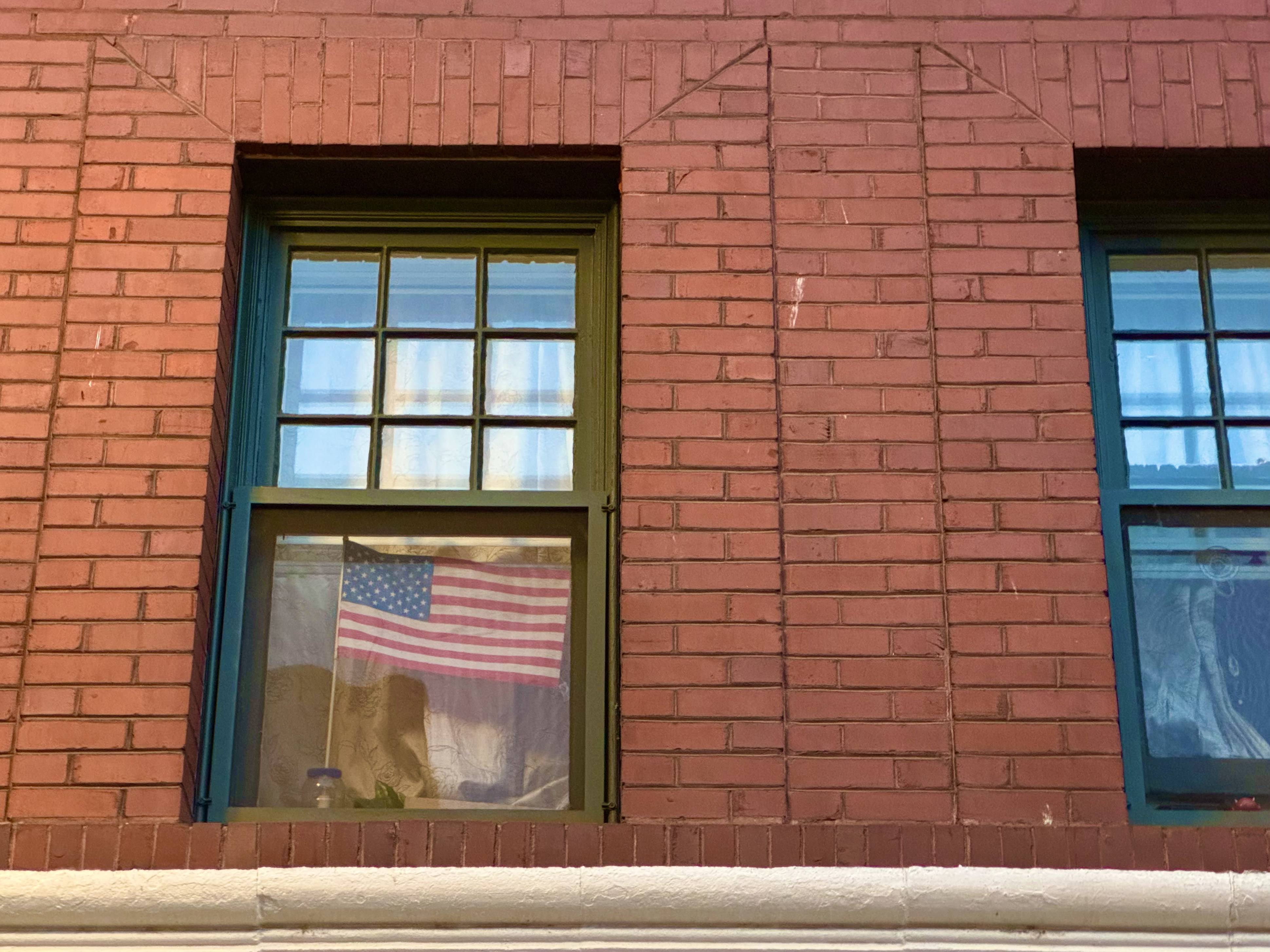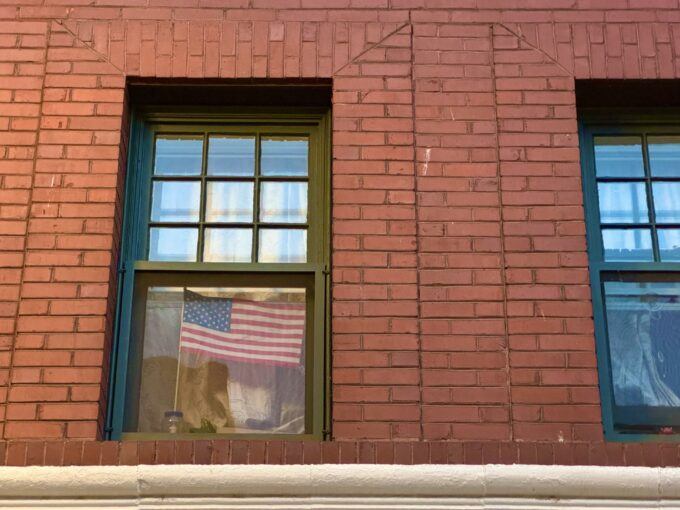

Photograph by Nathaniel St. Clair
As states across America brace for economic turbulence, it’s tempting to look back to the Great Recession, when states also faced significant revenue shortfalls, for a playbook: cut budgets first, wait for federal relief, then (maybe) restore spending later.
But the coming storm tied to the GOP’s “Big Beautiful Bill” demands a new plan — one that leans into the lessons we learned from states that tried that. Here are a few.
Lesson No. 1: New revenue — not cuts — must set the debate.
The Great Recession began in 2008 and lasted for years. According to the Brookings Institution, state and local government revenues were down $100 billion from 2007 to 2009.
Instead of acting boldly to protect crucial programs, many state legislators began playing fiscal defense by implementing cuts to education, laying off workers, shrinking or delaying capital projects, and forgoing aid to community needs.
States that implemented this austerity experienced greater private-sector job losses — and economic recovery lagged significantly behind states that expanded spending during the Great Recession.
The reason is straightforward: state budget cuts can create real hardship and losses for people, such as teacher layoffs, reductions in unemployment benefits, and health insurance losses, especially during a recession and a prolonged economic recovery.
This time, states have to make revenue the first agenda item — not where and how much to cut.
Lesson No. 2: Don’t be fooled by tax cut sales pitches.
To make the effects of the Great Recession much worse, states gave in to a tried-and-untrue idea from the past: cutting taxes.
A few states, including Kansas, Maine, North Carolina, Ohio, and Wisconsin, enacted deep cuts to their individual income taxes. But the promised economic benefits failed to materialize. Jobs and income growth in four of those five states lagged the national average by mid-decade.
Lesson No. 3: Voters know there are better choices.
State fiscal forecasters had already flagged a softening in revenue growth heading into 2025. The “Big Beautiful Bill’” could make that significantly worse by drastically cutting Medicaid and shifting responsibility for federal food assistance to the states.
The public despises the Big Beautiful Bill specifically because they know it kicks people off their health care and takes food assistance from kids in need in order to fund tax cuts for the wealthy. Public opinion fueled widespread protest and outrageagainst this year’s federal megabill.
That alone should be a massive signal to all lawmakers in 2026 — voters are wise to tax scams that cut programs to mask tax cuts for the well-off. Constituents have seen too many cycles of hollowed services, prolonged damage to schools, social programs, and infrastructure.
While many state governments got away with a “cuts first” approach in the early days of the Great Recession, that strategy will not hold politically today. The public will demand investment in health, education, climate resilience, and equity.
Lesson No. 4: Take in the options, act before the crash.
Unfortunately, Florida, Idaho, and Nebraska lawmakers continue to chase tax cuts and to under-fund core services like education.
The good news, especially for legislators, is that there’s no shortage of smart ideas to raise revenue and protect communities. A few states — like California, Colorado, and Maine — have already started to act. State lawmakers should consider best practiceslike taxing wealth or ensuring corporations pay their fair share to achieve the tax justice that the public demands.
The next few years will test whether state governments learned the hard lessons of 2008 or intend to repeat them. But the politics have changed: citizens will not accept draconian cuts as a first resort.
The time to prepare a forward-looking, balanced revenue path is now — before the crash.
The post States Must Learn the Lessons of the Great Recession, Before It’s Too Late appeared first on CounterPunch.org.
From CounterPunch.org via this RSS feed


